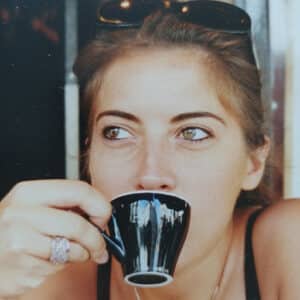The Pinault Collection’s extramural exhibition at Dinard’s iconic Villa Les Roches Brunes, France, classified as a historical monument, is housed in a cinematic, even Hitchcockian, setting. This Belle Époque building, perched at the Pointe de la Malo...



